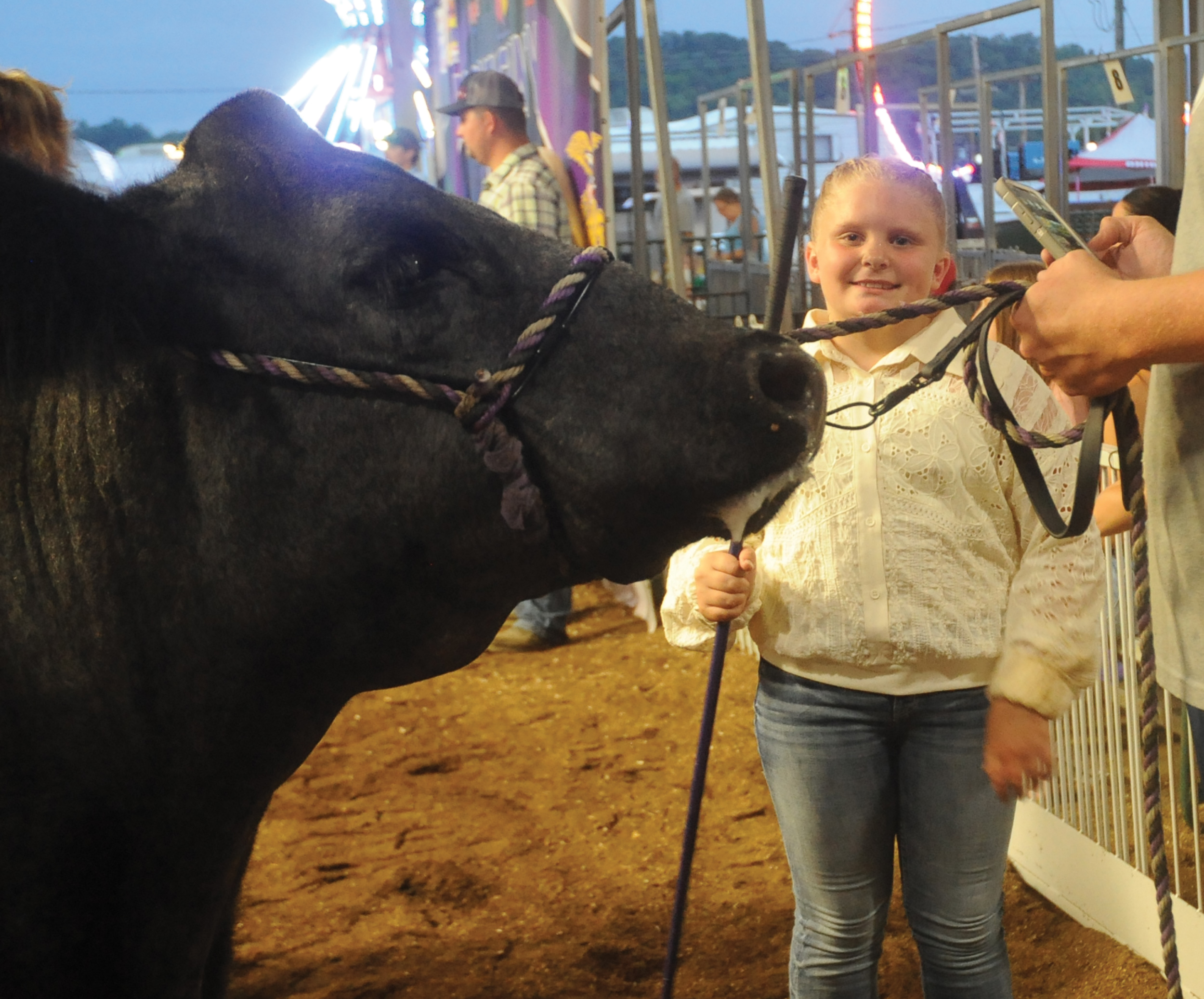Underground Railroad center marks first year
Published 12:00 am Monday, August 29, 2005
CINCINNATI (AP) - The National Underground Railroad Freedom Center opened a year ago this month hoping to address freedom and diversity issues everywhere, not just in a city where the black and white divide erupted in riots in 2001.
The center had a star-studded premiere that included first lady Laura Bush and television personality Oprah Winfrey, who contributed $1 million toward its construction. And it went on to a solid first year.
Officials expected about 260,000 visitors the first year. Instead, it drew 280,000 to become one of the city's biggest attractions.
Trending
With an annual budget of more than $10 million, the Freedom Center's ability to sustain itself has yet to be tested. Museums tend to get their biggest crowds when they're new, said William Billingsley, executive director of the Association of African American Museums, which has more than 240 member museums.
The center's leaders hope to draw repeat visitors by periodically changing exhibits, offering concerts and lectures and being people-friendly with plenty of interactive exhibits that visitors can manipulate. The center also is looking into traveling exhibitions that could come here.
''There's a wonderful exhibition at the Constitution Center (in Philadelphia) on Abraham Lincoln in the Civil War period,'' said Spencer Crew, the center's president and executive director. ''There's also a really wonderful exhibition at the Holocaust Museum (in Washington, D.C.) on the Sudan.''
Although the Underground Railroad was very active around Cincinnati before the Civil War, the city also has a record of racial problems. Just four years ago, there were three days of riots following the fatal shooting of an unarmed black man who fled from a white police officer trying to make an arrest.
The Freedom Center does not deal specifically with those riots but has programs that address race relations and a current-events area called ''The Struggle Continues.'' It includes pictures of the Cincinnati riots as a way of highlighting issues the city faces, Crew said.
The first part of the National Underground Railroad Freedom Center's name comes from the loose network of safe houses and escape routes that runaways followed northward in the 1800s. The second part represents the continuing struggle for freedom - from illiteracy, genocide and hunger - by people everywhere.
Trending
One of the most popular exhibits is a kiosk that describes choices a slave contemplating escape might make - such as what time of day to flee, what route to follow - and tells participants the likely outcome of the plan they enter.
''In this day and age, people are used to getting information in different formats,'' Crew said. ''By making sure it's lively, engaging and thoughtful - and thought-provoking - it's a way of making education more enjoyable as well as more powerful.''
The copper-plated, 158,000-square-foot building overlooks the Ohio River, symbolic of the last obstacle facing runaways from slave-holding states in the South.
It can be a bitter reminder of slavery in America. A rough-hewn slave pen, where more than 30 slaves could be held captive with barely room to move, is a particularly moving exhibit.





